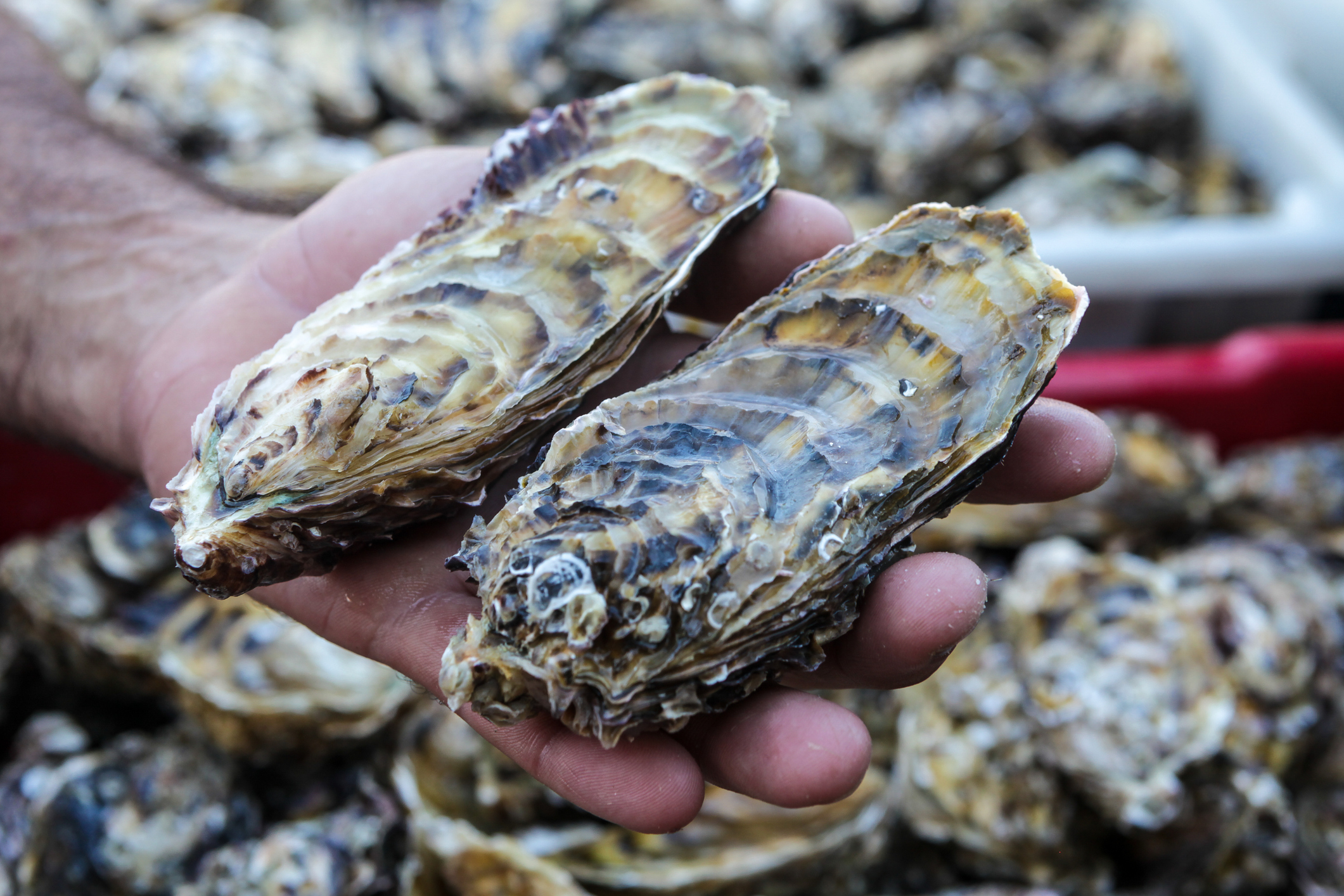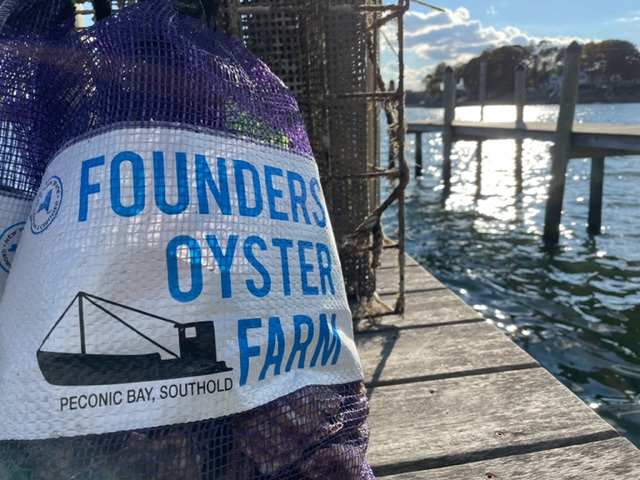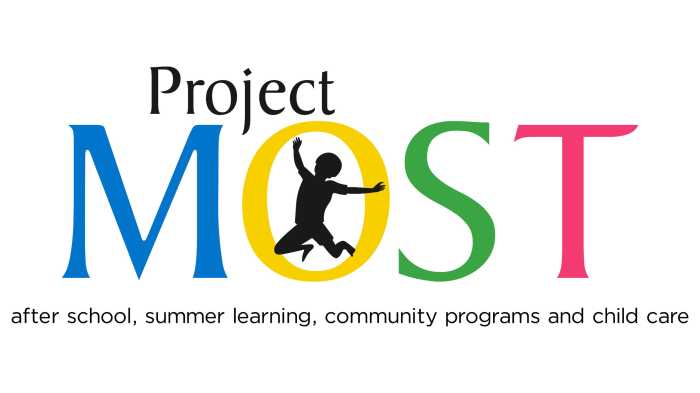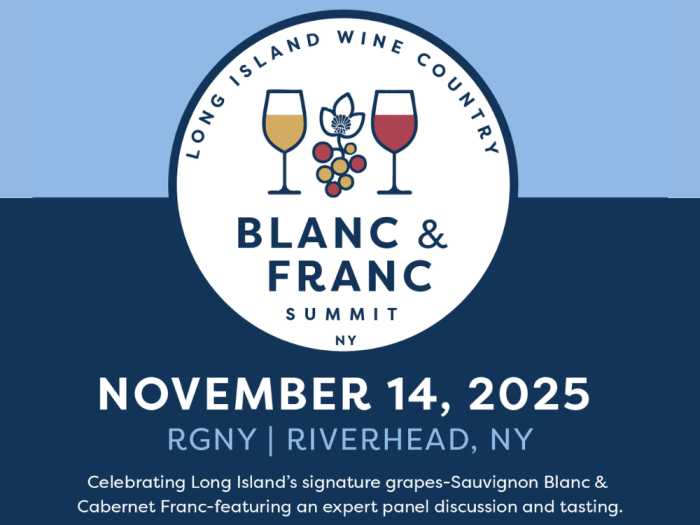Shell Rocked: How a New State Oyster Program Boosts East End Baymen

Joe Finora has worked the waters off Long Island’s East End for most of his life, as an oyster farmer. His routine is to rise early, put out the big nets and then wait hours for a catch before finally hauling them back in toward dark.
Finora, 37, owner of Hampton Oyster Co. in New Suffolk, originally thought of becoming an engineer. But he said, “I wanted to spend more time out of doors.”
He is doing that now, and then some. He now farms about 50 acres after initially buying 10.
“It’s a tough business,” Finora told Dan’s Papers. “Like many small businesses, if you knew how tough it was going to be, you wouldn’t start.”
But Hampton Oyster is one of 17 Long Island aquaculture businesses that are going to benefit from a new New York State program. The businesses received $1.2 million earlier this fall. in the first phase of the state’s Long Island Aquaculture Infrastructure Grant Program. The program aims to help the businesses buy and upgrade equipment to streamline and increase oyster production.
Finora applied for a grant and has received $100,000. He said he plans to spend virtually all of the grant money to purchase a high-speed digital sorting machine that uses vision technology to grade an average of four to eight fully grown oysters per second.
“It will give us the capability to double our” workload, Finora said.
The state program was announced recently by State Agriculture Commissioner Richard A. Bell at the New Suffolk waterfront.
Oyster farming goes back centuries on Long Island.

“Long Islanders have known for a long time there was this great industry here,” Bell said at the press conference. “But I look back at the (COVID) pandemic and how that put a bright light on the whole food system.”
The state, Bell said, needs to have a food system that works, and can deal with something like another pandemic.
“Long Island’s aquaculture farmers work tirelessly to produce the fresh, abundant seafood that makes the region unique among New York agriculture,” he added.
The funding is slated to come in two parts. The first part is to address equipment upgrades.
Eric Koeppel, president of the Long Island Oyster Growers Association, a trade organization, said in an interview with Dan’s Papers that the oyster industry has been growing rapidly, but has been “bootstrapped.”
There has been no venture capital to fall back in, Koeppel said. Koeppel said there are about 50 oyster farms on Long Island — about one-third in the Great South Bay, others in Moriches and still others in Peconic Bay.
“The business has been very good,” Koeppel said. “Demand is strong and it seems to be increasing. The issue is that it’s expensive to set up a farm. It costs about a half a million dollars to set up 10 acres. Then there’s also fuel and labor costs.”
“Inflation is also making things more expensive,” Koeppel said.
The grant program is being administered by the Farm & Food Growth Fund.
Todd M. Erling, the fund’s president, said in an interview with Dan’s Papers that the state grant “is validation” for the oyster and fishing industry on Long Island.
“It shows the role the industry plays in economic development on the Island and in the state,” Erling said.
An even larger round of state funding — $3 million — will arrive later this fall and is to be available to applicants later this winter. State officials said that this next funding round will help pay for larger infrastructure projects.
The seafood industry is a key part of Long Island’s economy, as well as its heritage. State figures show that in 2023, the latest year for which figures are available, commercial fishermen on Long Island harvested 16 million pounds of fresh fish, worth over $28 million. Additionally, state officials say, Montauk, the state’s largest commercial fishing port, is 51st in the country for wild-caught seafood based on poundage, and the 53rd in the nation based on dollar value.
Funding for the entire program comes from the state’s Blue Food Transformation Initiative, created by Gov. Kathy Hochul last year, to help revitalize New York’s aquaculture and wild-caught seafood industry.
“The seafood produced on Eastern Long Island is among the finest in the world and reflects generations of skill, stewardship, and dedication to our coastal waters,” State Assemblymember Tommy John Schiavoni (D-Southampton) said. “The region’s commercial fishery is a legacy industry that anchors our maritime economy and sustains local families, traditions, and cultural identity. Continued state investment is essential not only to preserve this heritage, but to ensure that Long Island’s working waterfronts, fisheries, and agricultural sector continue to thrive in the years ahead.”
Reflecting on his work on the water, Finora sees hope on the horizon.
“Aquaculture is one of New York’s most promising blue-economy opportunities,” he said. “Every oyster we grow filters our bays, supports local jobs, and strengthens our working waterfronts. We’re grateful to New York State Agriculture and Markets for recognizing this potential and investing in the future of our industry — an investment that will serve as a catalyst for meaningful growth and position Long Island as a national leader in sustainable seafood production.”









